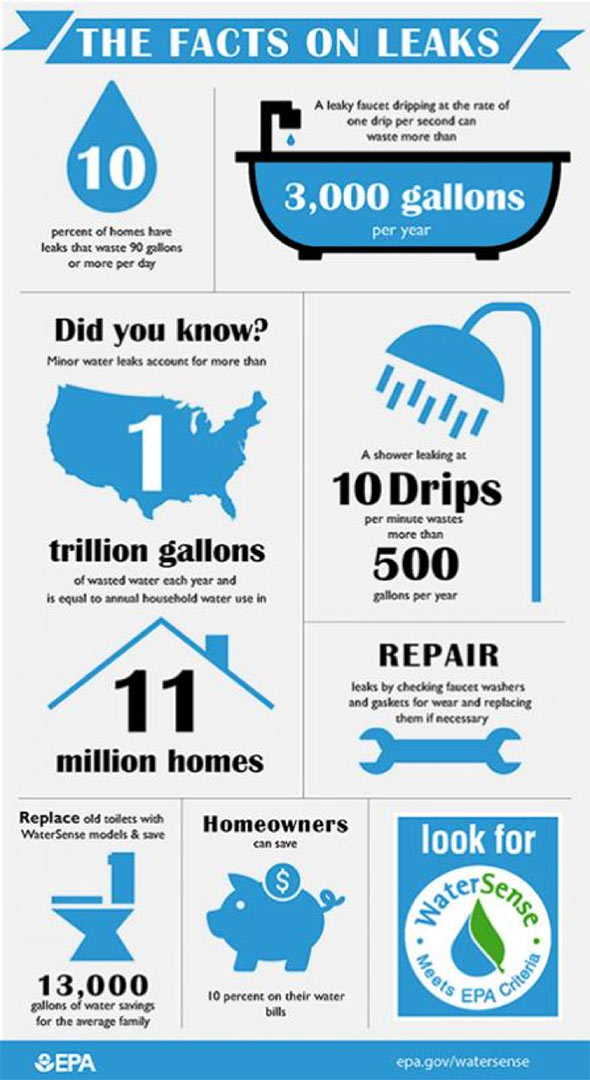Comparing Photovoltaic Panel Kind: Picking The Perfect Option For Your Home
Comparing Photovoltaic Panel Kind: Picking The Perfect Option For Your Home
Blog Article
Post By-Swanson McCormick
When it comes to selecting the best photovoltaic panels for your home, the options can be overwhelming. Each kind provides unique benefits and compromises, making it crucial to figure out which variables straighten finest with your goals. Whether your focus is on efficiency, cost-effectiveness, or aesthetics, there's a photovoltaic panel kind that can deal with your requirements. So, prior to you make a decision, take into consideration the critical elements that will certainly affect your solar power system's performance and viability for your home.
Monocrystalline Solar Panels
When thinking about photovoltaic panels, you might stumble upon monocrystalline photovoltaic panels. These panels are recognized for their high efficiency prices as a result of their building and construction from a single constant crystal framework. This design allows monocrystalline panels to do much better in reduced light conditions compared to other types of solar panels. Additionally, their streamlined black look makes them a popular choice for residential installations, blending in seamlessly with many roofs.
One essential advantage of monocrystalline solar panels is their space performance. They require less area to generate the exact same amount of electrical energy as various other solar panel types, making them suitable for homes with minimal roof covering area.
While monocrystalline panels often tend to be much more pricey upfront, their long-lasting longevity and effectiveness commonly make them a cost-efficient investment in the world of solar energy. If you focus on efficiency and aesthetic appeals in your solar panel option, monocrystalline panels could be the right choice for your home.
Polycrystalline Solar Panels
Polycrystalline solar panels, additionally referred to as multicrystalline photovoltaic panels, supply an alternate choice to monocrystalline panels. These panels are made from silicon crystals that are thawed with each other, producing a less consistent look compared to monocrystalline panels.
Among the key benefits of polycrystalline panels is their lower manufacturing expense, making them a much more economical alternative for property owners aiming to purchase solar power.
While polycrystalline panels might have a slightly lower performance price compared to monocrystalline panels, they still supply a trustworthy and cost-efficient way to create solar energy for your home. solar energy systems engineer education carry out well in heats and are a sturdy choice for a selection of environments.
If you have a bigger roof space and are wanting to optimize your energy production without breaking the bank, polycrystalline panels could be the appropriate selection for you.
When taking into consideration photovoltaic panel options for your home, it's important to consider the cost-effectiveness and efficiency of polycrystalline panels against your energy needs and budget restraints.
Thin-Film Solar Panels
Going on to Thin-Film Solar Panels, these panels provide an unique alternative to typical silicon-based options like polycrystalline panels. Thin-film panels are lightweight and versatile, making them less complicated to set up on numerous surfaces like bent roofs or wall surfaces. They're additionally extra cosmetically pleasing, assimilating perfectly with the architecture of your home.
Nonetheless, it's necessary to keep in mind that thin-film panels normally have reduced efficiency rates contrasted to crystalline silicon panels. This means you may need more room to generate the exact same amount of power.
On https://qcell-solar-panels64209.webdesign96.com/29822106/reliable-approaches-for-homeowners-to-optimize-savings-from-solar-energy , thin-film panels perform better in low-light conditions and have a lower temperature coefficient, suggesting they can produce more energy on warm days. If you have enough room and are looking for a versatile and visually appealing photovoltaic panel option, thin-film panels could be a wonderful option for your home.
Conclusion
In conclusion, when deciding on the most effective solar panel type for your home, consider your power needs, budget plan, and area restrictions. Monocrystalline panels give high performance in minimal space, while polycrystalline panels use a cost-effective choice with reliable performance. Thin-film panels provide adaptability and visual charm yet might have lower effectiveness prices. By evaluating these aspects, you can choose the photovoltaic panel kind that finest fits your certain needs.
